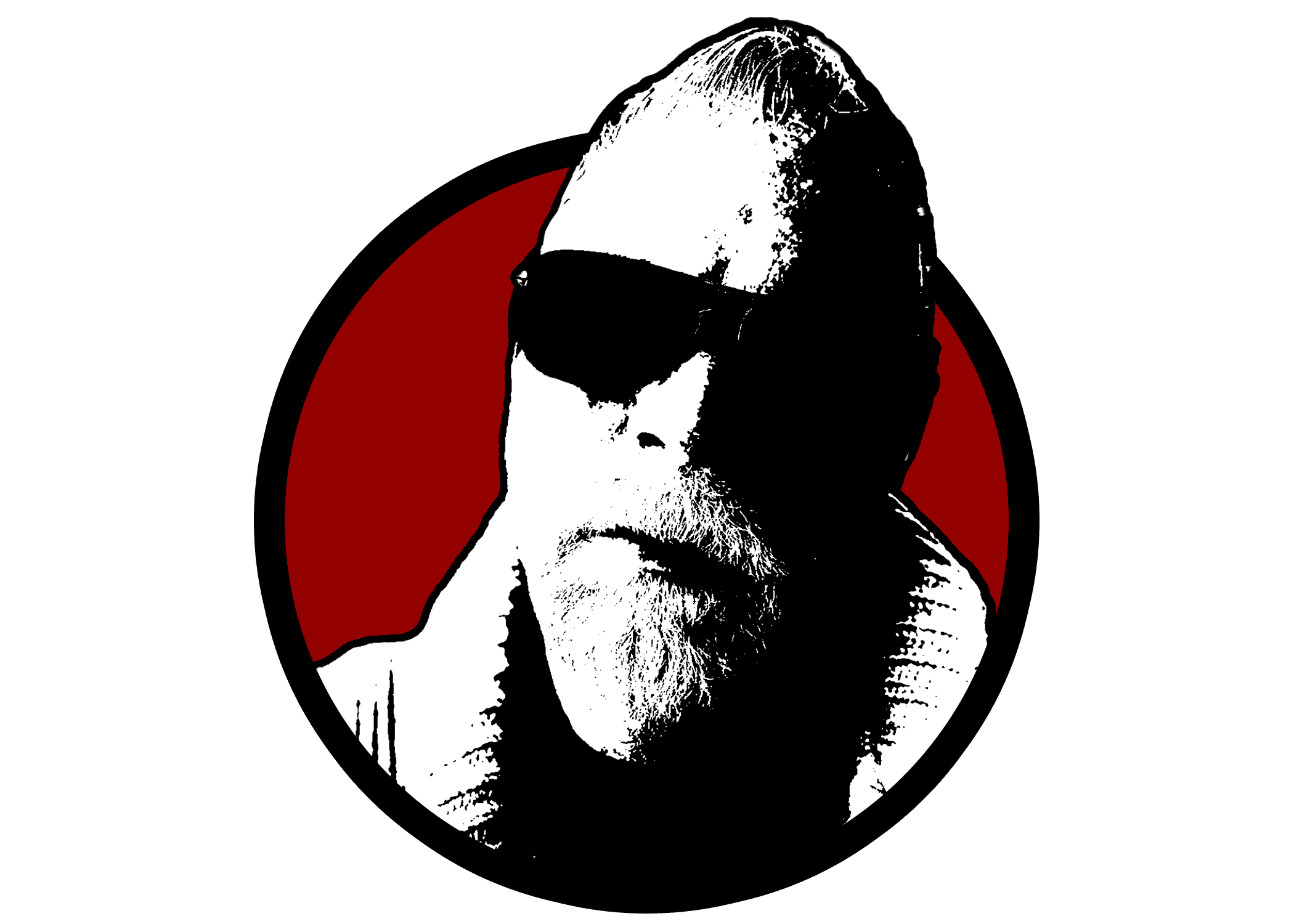How Your Writer Type Shapes Your Revision Process

So you've finished a draft (or you’re standing over one wondering what the hell to do with it). First off—well done. Getting to this point is no small thing.
Now comes the next mountain: revision. And here’s the twist a lot of writing advice misses:
How you revise depends a lot on how you wrote the thing in the first place.
If your process is discovery-driven, your revision will look nothing like someone who planned every scene in advance. That’s not wrong—it’s just you.
Let’s break it down by writer type and explore how your creative instincts shape your best next steps.
🧭 Plotters: The Revision Architects
You had a plan. Probably a spreadsheet. Maybe even a scene-by-scene breakdown. Now that you’ve drafted, you’re in familiar territory: evaluating what stayed on track and what veered off-course.
Your Strengths:
- You’re good at spotting structural inconsistencies because you know what you meant to write.
- You probably already have a beat sheet or outline to compare against.
What to Watch For:
- Don’t assume the draft matched the plan—read it as it is, not as it was intended.
- Give yourself permission to revise based on what’s working, not just what was planned.
Your Best Moves:
- Compare draft vs. outline and mark divergence points
- Use scene checklists to test tension, purpose, and emotional arc
- Reassess act breaks and midpoint based on actual draft pacing
🌲 Wanderers: The Intuitive Explorers
You wrote your way in. Followed vibes. Let the story show up one step at a time. Now you’re staring at a mess that’s full of feeling but maybe… lacking form.
Your Strengths:
- Your draft is alive with discovery, voice, and momentum
- You wrote scenes that mattered emotionally, even if not logically
What to Watch For:
- It’s okay if the shape isn’t there yet—now’s the time to find it.
- Don’t panic if things feel out of order or incomplete.
Your Best Moves:
- Read through your draft and highlight what feels powerful or “true”
- Group scenes by emotional beats rather than plot
- Reverse outline: build your structure based on what you’ve already written
🧪 Hybrids: The Process Shapeshifters
You probably plotted the first few acts, then started winging it. Or you outlined the character arcs but pantsed the plot. Your draft is half-planned, half-discovered—and now revision is about reconciling those sides.
Your Strengths:
- You already understand how to switch gears mid-draft
- You’re comfortable mapping things out after you’ve written them
What to Watch For:
- Avoid the temptation to “force” the story back into your original plan
- Respect the new directions your characters or themes took
Your Best Moves:
- Create a flexible beat map from the draft itself
- Reflect on which parts feel off and why—structure or motivation?
- Use what worked in the draft to rebuild your roadmap for revision
🧩 Mosaic Builders: The Scene Sculptors
You didn’t write this in order. Maybe you wrote the ending first. Maybe you wrote one intense conversation and a setting description and then filled in the rest when the mood struck. Now you’ve got pieces—but how do they become a book?
Your Strengths:
- Strong scenes packed with character, emotion, or thematic clarity
- You often know the story… even if it’s not in order yet
What to Watch For:
- Resist the urge to “force” a traditional structure too early
- Accept that the first round of revision might just be arranging
Your Best Moves:
- Lay out your scenes like puzzle pieces—physically or digitally
- Identify missing transitions, gaps, or repeated beats
- Use color coding or labels: plot, character arc, theme, etc.
🪓 Sculptors: The Fast-Drafters & Refiners
You wrote fast. You wrote raw. You might not remember what happened in chapter 4. But the clay’s on the table now—and sculpting is where your genius shows up.
Your Strengths:
- Momentum, voice, raw emotional honesty
- You’re not afraid of reworking scenes entirely
What to Watch For:
- Don’t get overwhelmed by how “messy” it looks—this is your process
- Avoid jumping into edits before reading it all the way through
Your Best Moves:
- Do a read-through without editing—just take notes
- Re-outline the draft based on what it actually became
- Pick one revision focus per pass (structure, pacing, character, polish)
Final Thought: Revision Is Writing, Too
No matter what kind of writer you are, revision isn’t cleanup—it’s creation. You’re shaping, refining, and discovering what your story really wants to say.
The key is to revise in a way that matches how you work—not how someone else told you it should look.
And if you’re not sure which path you’re on?
👉 Take the Writer Type Quiz
Find your creative rhythm—and build your revision process around it.
One draft at a time, one vibe at a time. The plot abides.
– The Plot Dud
Want a copy of this article as an actionable checklist? Click the button below for your FREE copy.

Copyright 2025, Troy "the Plot Dude" Lambert, All Rights Reserved
“Plot Nihilists believe in nothing. Don’t be like them.”